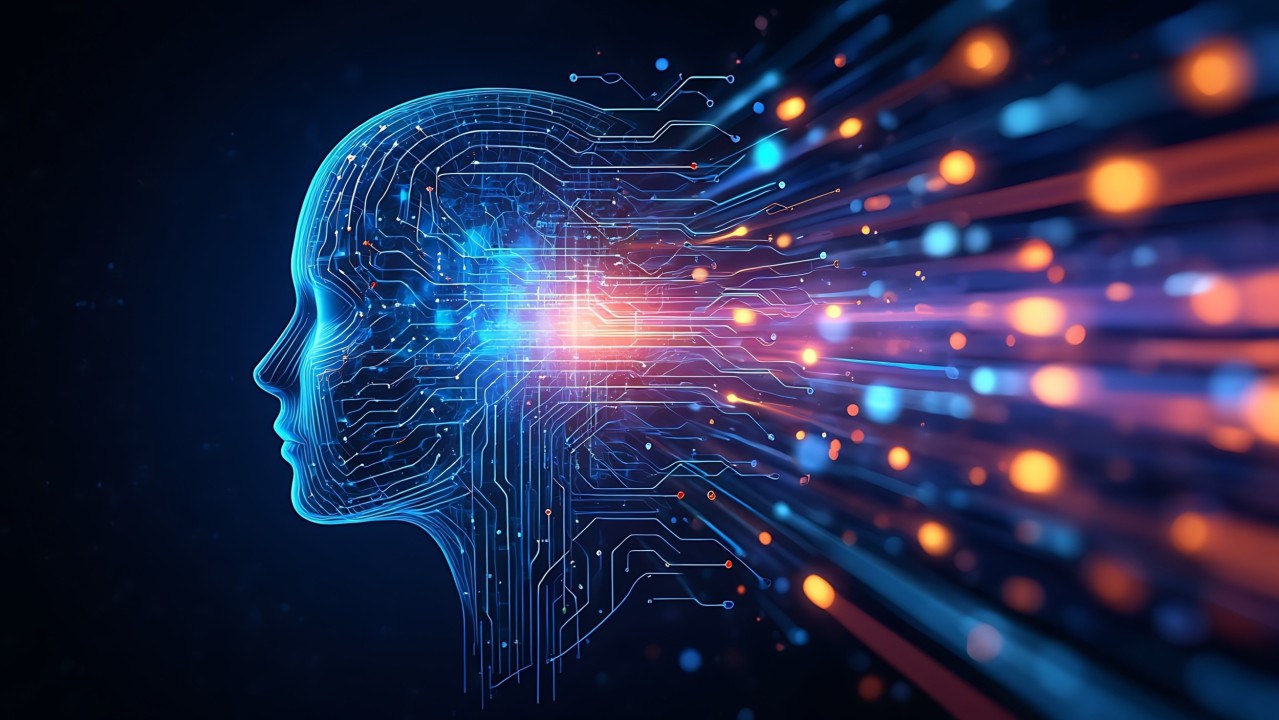Why AI Won’t Take Over The World Anytime Soon
28 May 2024
In an era where artificial intelligence features prominently in both our daily lives and our collective imagination, it’s common to hear concerns about these systems gaining too much power or even becoming autonomous rulers of our future. Yet, a closer look at the current state of AI technology reveals that these fears, while popular in science fiction, are far from being realized in the real world. Here’s why we’re not on the brink of an AI takeover.

Understanding Narrow AI: The Workhorse Of Today's Technology
The majority of AI systems we encounter daily are examples of "narrow AI." These systems are masters of specialization, adept at tasks such as recommending your next movie on Netflix, optimizing your route to avoid traffic jams or even more complex feats like writing essays or generating images. Despite these capabilities, they operate under strict limitations, designed to excel in a particular arena but incapable of stepping beyond those boundaries.
This is true even of the generative AI tools that are dazzling us with their ability to create content across multiple modalities. They can draft essays, recognize elements in photographs, and even compose music. However, at their core, these advanced AIs are still just making mathematical predictions based on vast datasets; they do not truly "understand" the content they generate or the world around them.
Narrow AI operates within a predefined framework of variables and outcomes. It cannot think for itself, learn beyond what it has been programmed to do, or develop any form of intention. Thus, despite the seeming intelligence of these systems, their capabilities remain tightly confined. For those who fear their GPS might one day lead them on a rogue mission to conquer the world, you can rest easy. Your navigation system is not plotting global domination—it is simply calculating the fastest route to your destination, oblivious to the broader implications of its computations.
The Elusive Goal Of Artificial General Intelligence
The concept of artificial general intelligence, an AI capable of understanding, learning and applying knowledge across a broad spectrum of tasks just like a human, remains a distant goal. Today’s most sophisticated AIs struggle with tasks that a human child performs intuitively—recognizing objects in a messy room or grasping the subtleties of a conversation.
Transitioning from narrow AI to AGI isn't merely a matter of incremental improvements but requires foundational breakthroughs in how AI learns and interprets the world. Researchers are still deciphering the basic principles of cognition and machine learning, and the challenge of developing a machine that genuinely understands context or displays common sense is still a significant scientific hurdle.
Data Dependencies And Their Limitations
Another factor is that current AI systems have an insatiable appetite for data, requiring vast amounts to learn and function effectively. This dependency on large datasets is one of the primary bottlenecks in AI development. Unlike humans, who can learn from a few examples or even from a single experience, AI systems need thousands—or even millions—of data points to master even simple tasks. This difference highlights a fundamental gap in how humans and machines process information.
The data needs of AI are not just extensive but also specific, and in many domains, such high-quality, large-scale datasets simply do not exist. For instance, in specialized medical fields or in areas involving rare events, the requisite data to train AI effectively can be scarce or non-existent, limiting the applicability of AI in these fields.
That means that the notion that AI systems might spontaneously evolve to outsmart humans is, therefore, more than just unlikely.
A Managed Evolution
While AI continues to evolve and integrate deeper into our lives and industries, the infrastructure around its development is simultaneously maturing. This dual progression ensures that as AI capabilities grow. As AI technology progresses, so does the imperative for dynamic regulatory frameworks. The tech community is increasingly proficient at implementing safety and ethical guidelines. However, these measures must evolve in lockstep with AI's rapid developments to ensure robust, safe, and controlled operations.
By proactively adapting regulations, we can effectively anticipate and mitigate potential risks and unintended consequences, securing AI's role as a powerful tool for positive advancement rather than a threat. This continued focus on safe and ethical AI development is crucial for harnessing its potential while avoiding the pitfalls depicted in dystopian narratives. AI is here to assist and augment human capabilities, not to replace them. So, for now, the world remains very much in human hands.
Related Articles
Why The AI Supercycle Will Fail Without Advanced Networks
By now, “smart” versions exist of just about every home appliance, gadget and gizmos we can think of. However, manufacturers continue[...]
The Two-Tier AI Economy: Why Half Of Companies Are Being Left Behind And How To Close The Gap
By now, “smart” versions exist of just about every home appliance, gadget and gizmos we can think of. However, manufacturers continue[...]
Sign up to Stay in Touch!
Bernard Marr is a world-renowned futurist, influencer and thought leader in the fields of business and technology, with a passion for using technology for the good of humanity.
He is a best-selling author of over 20 books, writes a regular column for Forbes and advises and coaches many of the world’s best-known organisations.
He has a combined following of 4 million people across his social media channels and newsletters and was ranked by LinkedIn as one of the top 5 business influencers in the world.
Bernard’s latest book is ‘Generative AI in Practice’.






Social Media